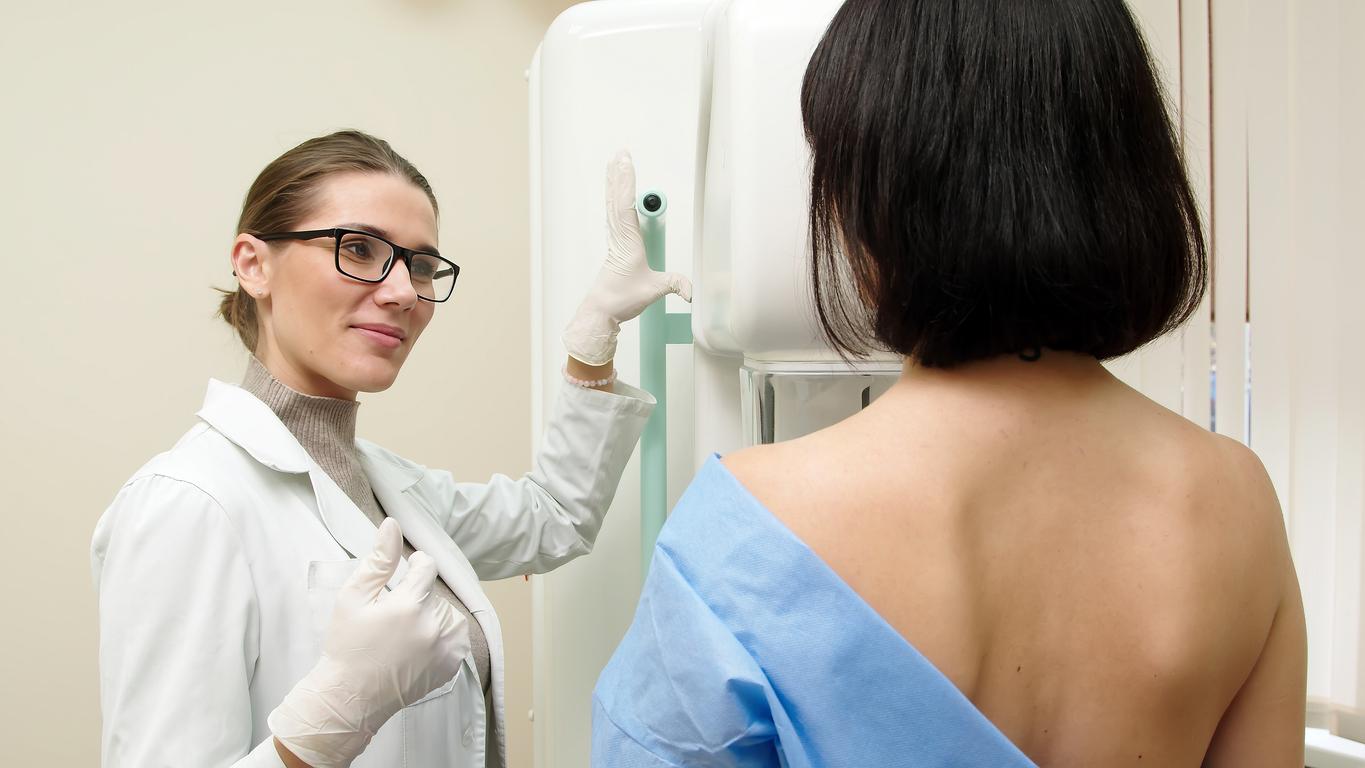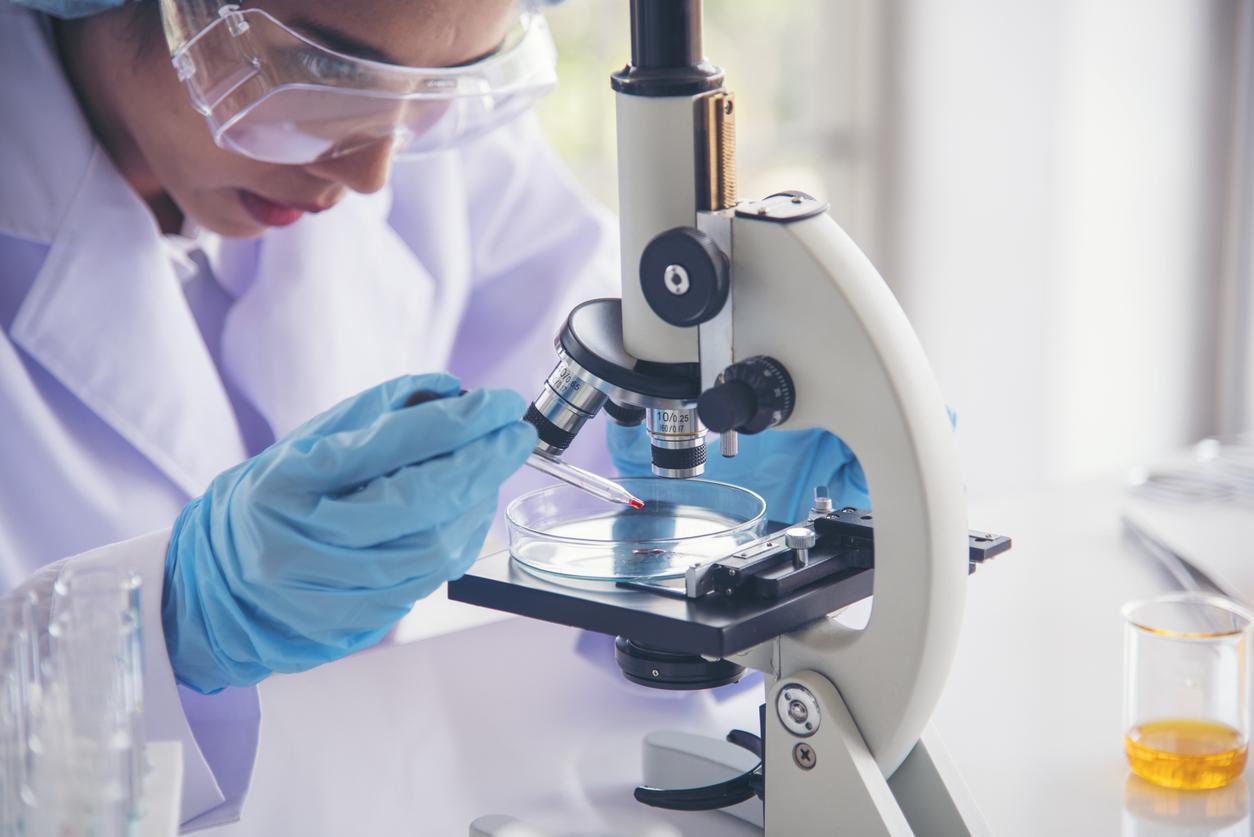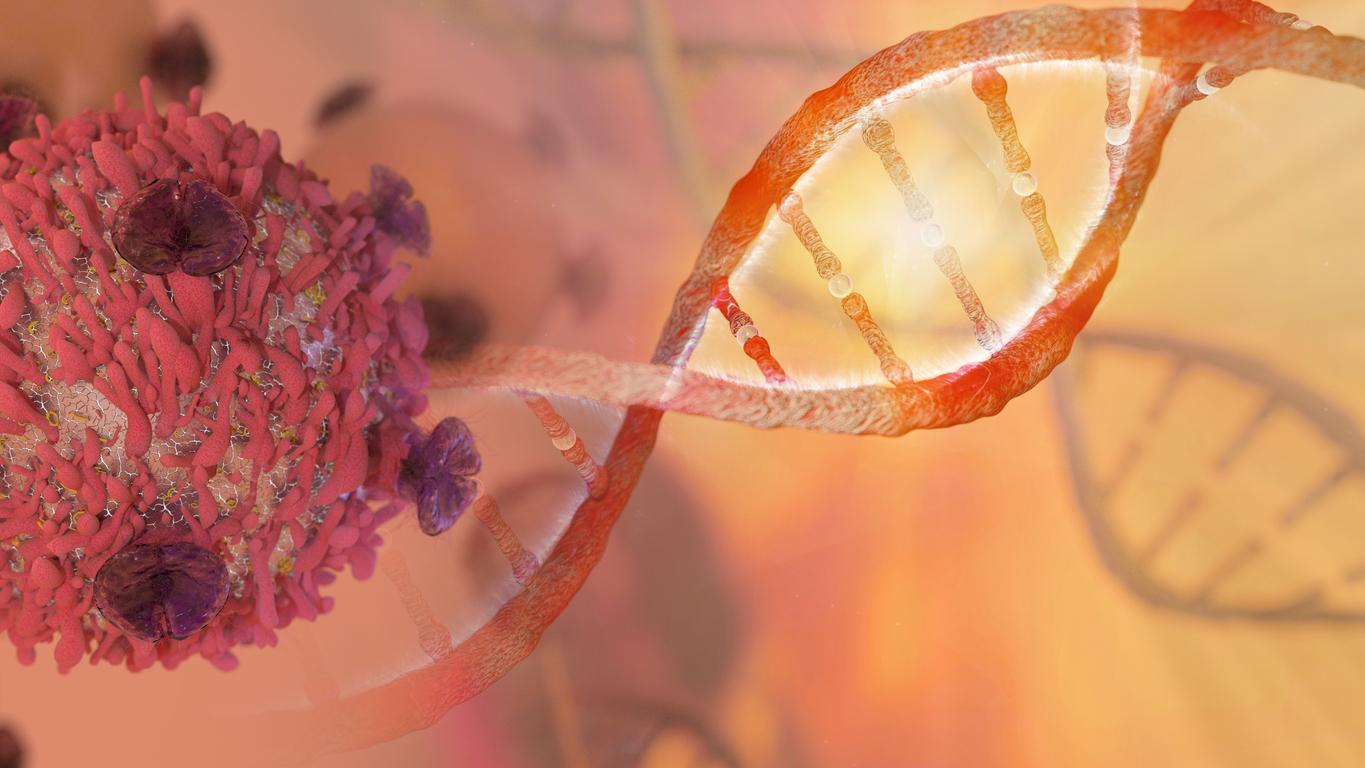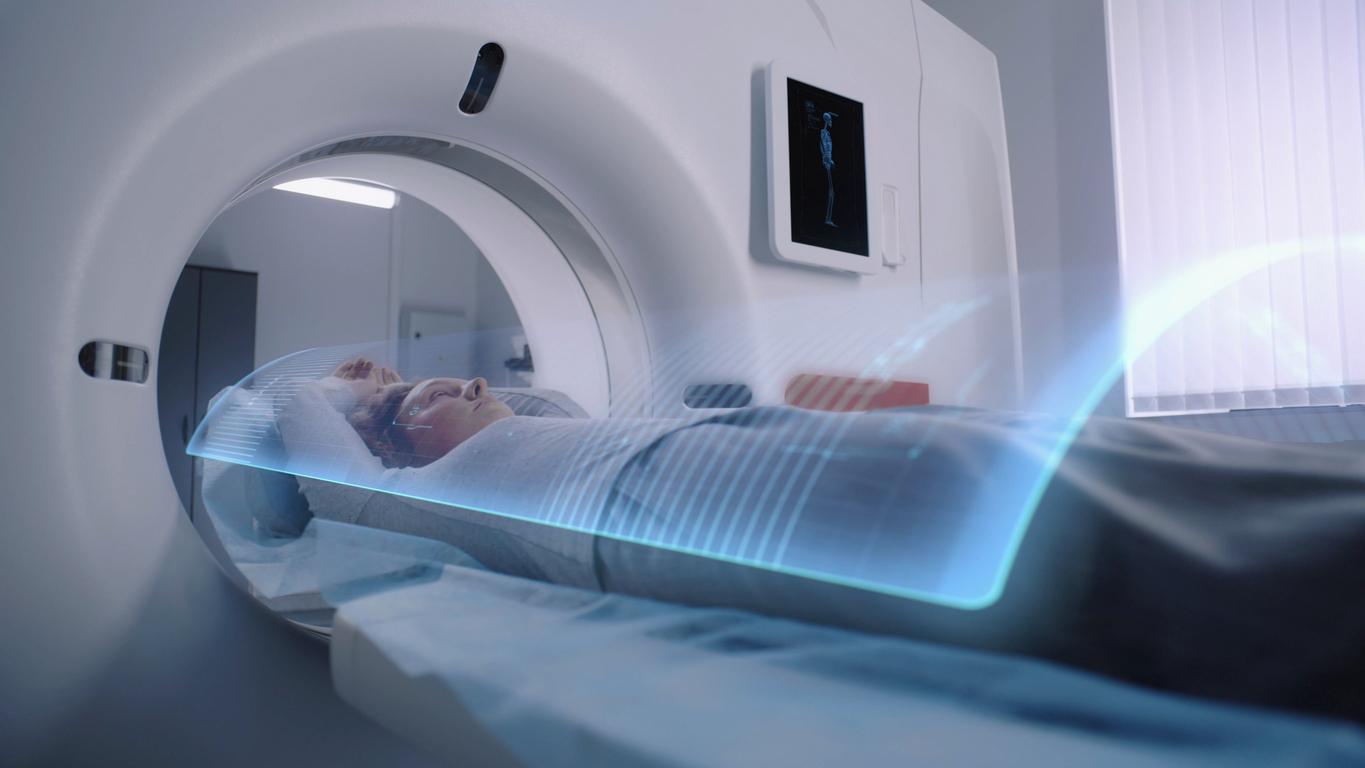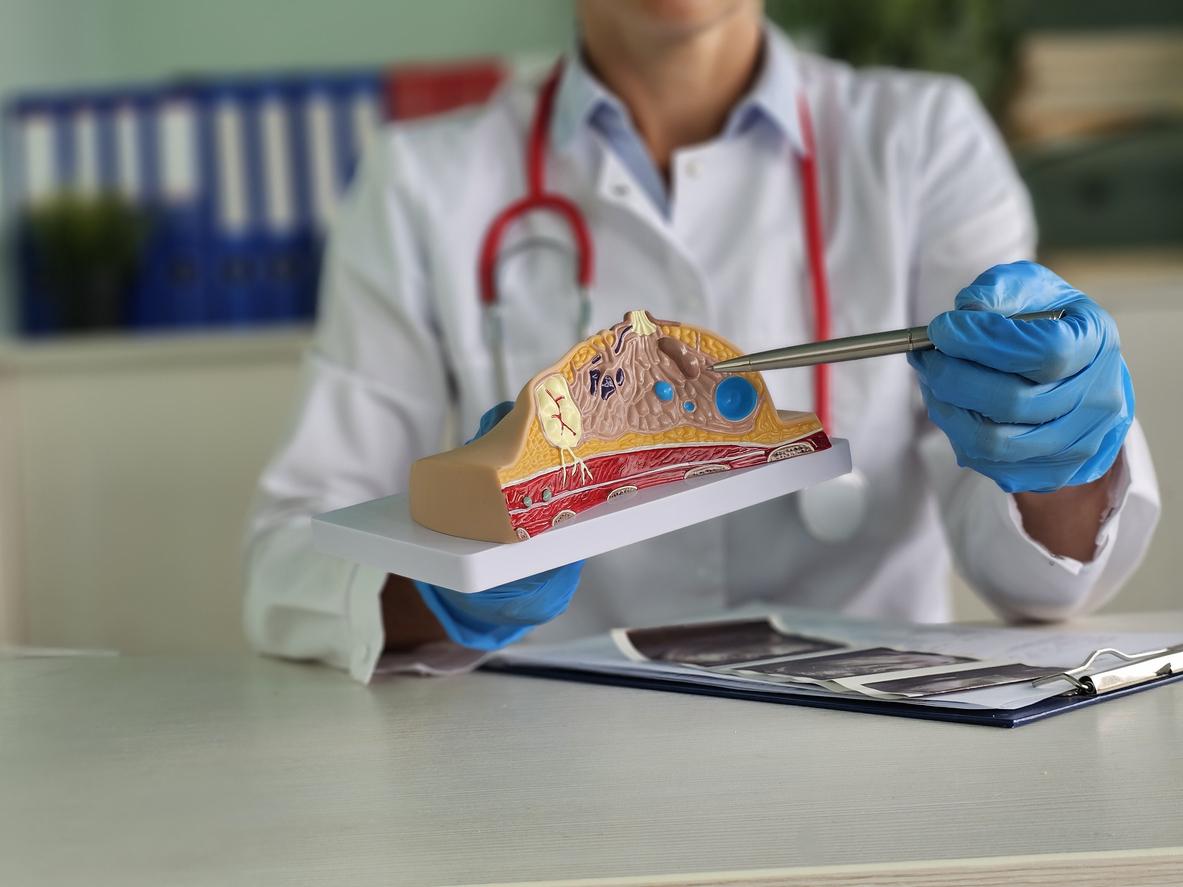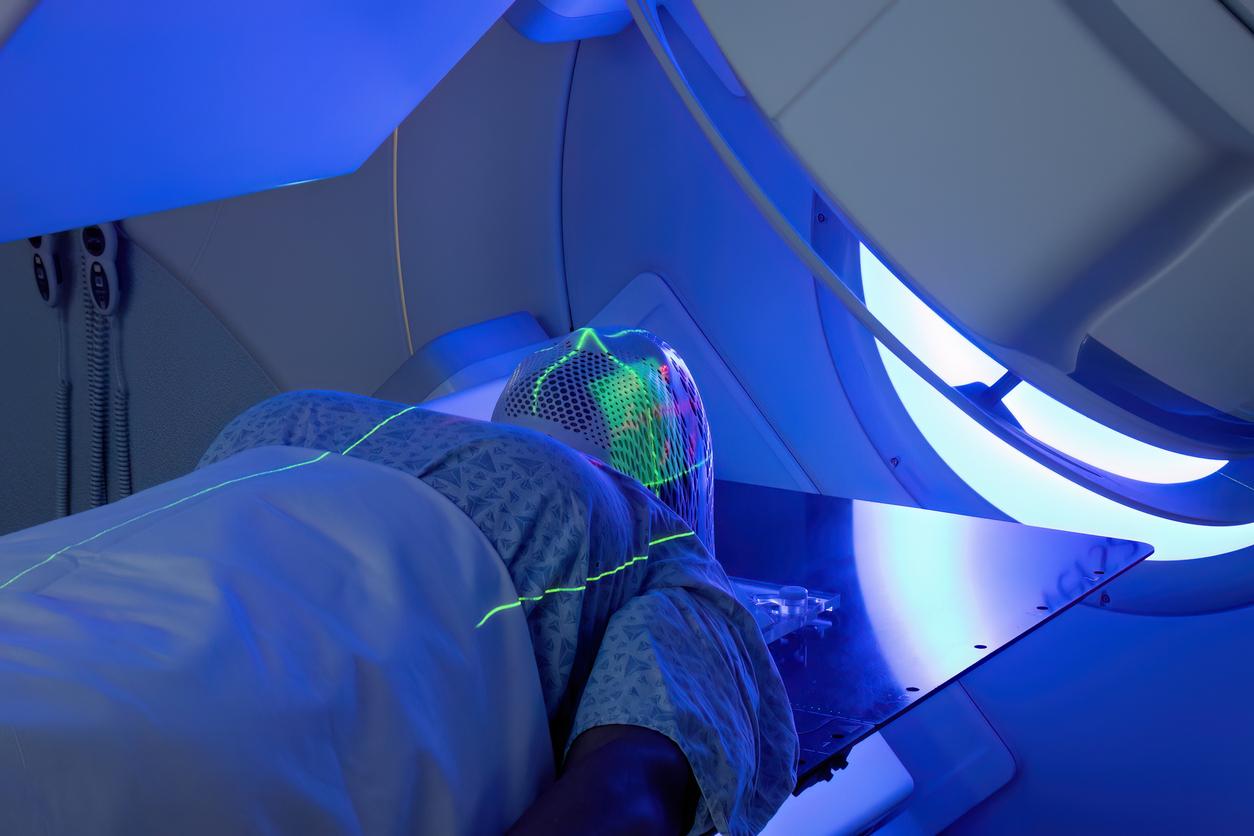January 27, 2005 – Bad news for carnivores: a major study seems to confirm that increased consumption of red meat does indeed lead to a higher risk of colorectal cancer.
The study was conducted by the American Cancer Society and included nearly 150,000 subjects with an average age of 63 years. Researchers found that those who ate the most red meat per day (85g for men, the size of an average hamburger, and 57g for women) increased their risk of developing red meat by at least 30%. ‘colorectal cancer. An even greater risk was detected in those who consumed a large amount of products such as bacon or bologna.
However, one of the study’s authors, Dr Michael Thun, argues that it is important to put these findings in context. Thus, obesity, smoking and physical inactivity are all risk factors for colorectal cancer even more important than the consumption of red meat. He also recalls that the study did not look at various factors, such as the method of cooking the meat, which can have an impact on the results obtained.
Other experts point out that the study only looked at red meat consumption habits in adulthood. They point out that these habits may have less impact than habits adopted throughout life.
The Dr Thun recalls, however, that the results of the study are in line with the existing warnings from the American Cancer Society about excessive consumption of red meat.
The reason why red meat would increase the risk of colorectal cancer is not known for sure. Previous studies had raised the hypothesis that the heme (a component of hemoglobin) contained in red meat could be involved, since it damaged the lining of the colon during tests in animals. This would also explain why no risk seems to be associated with the consumption of poultry or fish.
Jean-Benoit Legault – PasseportSanté.net
According to theAssociated Press.
1. Chao A, Thun MJ, Connell CJ, McCullough ML, Jacobs EJ, Flanders WD, Rodriguez C, Sinha R, Calle EE, Meat consumption and risk of colorectal cancer, Journal of the American Medical Association (JAMA), January 12, 2005, Vol. 293, No 2, 172-82.









